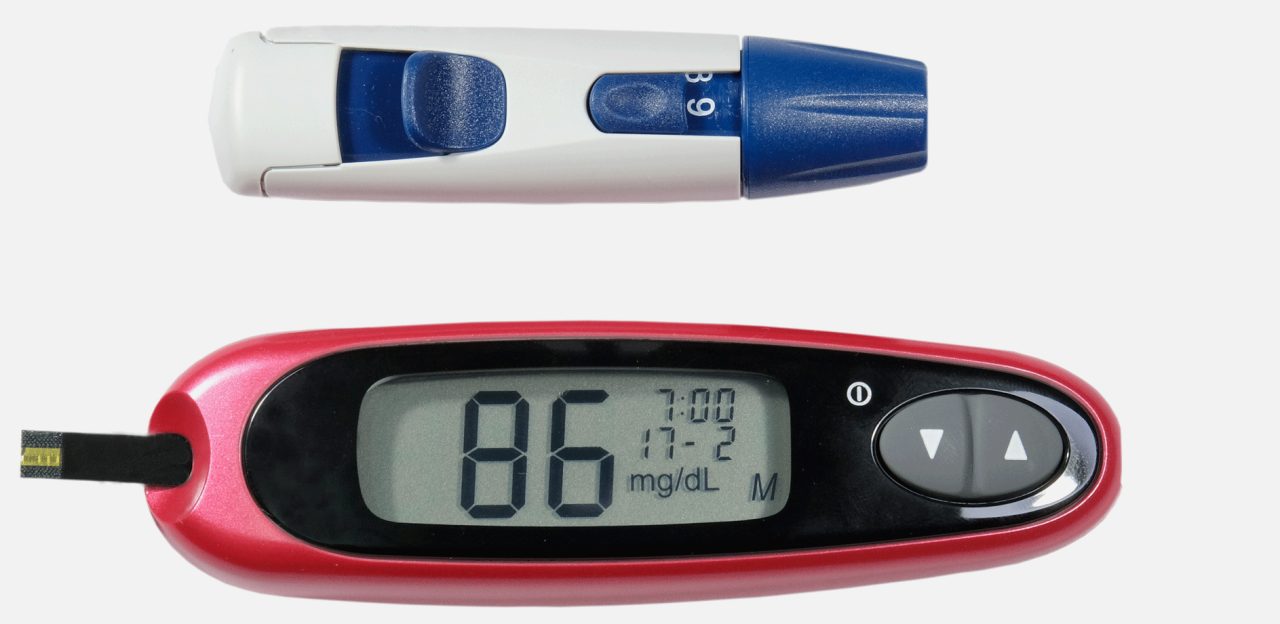What Is the Normal Range for Blood Sugar?

What is the normal range for blood sugar? You may not have diabetes but could be one of the many Americans with prediabetes, with levels higher than normal.
According to the Centers for Disease Control and Prevention, more than one out of three Americans has prediabetes ― above-normal blood sugar (also called blood glucose) levels that aren’t quite diabetic. You can have prediabetes for years without symptoms and not know it.
Don’t ignore prediabetes: the condition increases your risk of not only type 2 diabetes but also heart disease and stroke. Get your blood sugar tested regularly. You can also take an over-the-counter test at home.
YOU MIGHT ALSO LIKE: Metformin Side Effects
Symptoms of prediabetes or diabetes
Have your blood tested if you notice you:
- Are urinating frequently
- Are often very hungry or thirsty or tired despite enough sleep
- Have blurry vision
- Feel numbness or tingling in your hands or feet
- Have dry skin, slow-healing sores, or frequent infections
People at more risk for prediabetes and diabetes include:
- Anyone over the age of 45 with extra weight
- African-Americans and other groups
- Women with polycystic ovary syndrome or who had gestational diabetes
- People with a parent or sibling with type 2 diabetes
What is the normal range for blood sugar?
People vary in how their blood sugar changes during the day, but certain ranges are considered safe.
Very hot or humid weather, high altitudes, and anemia can affect your blood sugar levels.
You will need to take one or more tests to know whether you have prediabetes, gestational diabetes (during pregnancy), or type 1 or type 2 diabetes.
Blood sugar tests
The A1C test measures your average blood sugar level over 2 or 3 months. An A1C below 5.7 percent is normal. If it falls between 5.7 and 6.4 percent, you have prediabetes. Diabetes begins at 6.5 percent
The fasting blood sugar test measures your blood sugar after an overnight fast. It should be 99 mg/dL or less. From 100 to 125 mg/dL is the prediabetic range. From 126 ml/dl on up indicates diabetes.
For the glucose tolerance test, after fasting overnight and giving blood, you’ll drink a liquid and have your blood checked at one, two, and three hours. At two hours, a blood sugar level of 140 mg/dL or lower is considered normal, 140 to 199 mg/dL is defined as diabetic, and 200 mg/dL or higher diabetic.
You can test your blood at any time. If your blood sugar is 200 mg/dL or higher, you have diabetes.
Result* | A1C Test | Fasting Blood Sugar Test | Glucose Tolerance Test | Random Blood Sugar Test |
Diabetes | 6.5% or above | 126 mg/dL or above | 200 mg/dL or above | 200 mg/dL or above |
Prediabetes | 5.7 – 6.4% | 100 – 125 mg/dL | 140 – 199 mg/dL | N/A |
Normal | Below 5.7% | 99 mg/dL or below | 140 mg/dL or below | N/A |
*Results for gestational diabetes can differ. Ask your healthcare provider what your results mean if you’re being tested for gestational diabetes. Source: American Diabetes Association
If you may have type 1 diabetes, your doctor will also check for autoantibodies and test your urine for ketones.
Too much glucose over time can lead to nerve damage, lowered resistance to infection, and heart and kidney disease. But if you have low blood sugar, you could become tired, irritable, and faint.
You can protect yourself by improving your diet, exercising more than three times a week, and maintaining a healthy weight. You can also ask your doctor about the common diabetic drug Metformin, which is recommended for prediabetes.
Updated:
February 22, 2023
Reviewed By:
Janet O’Dell RN